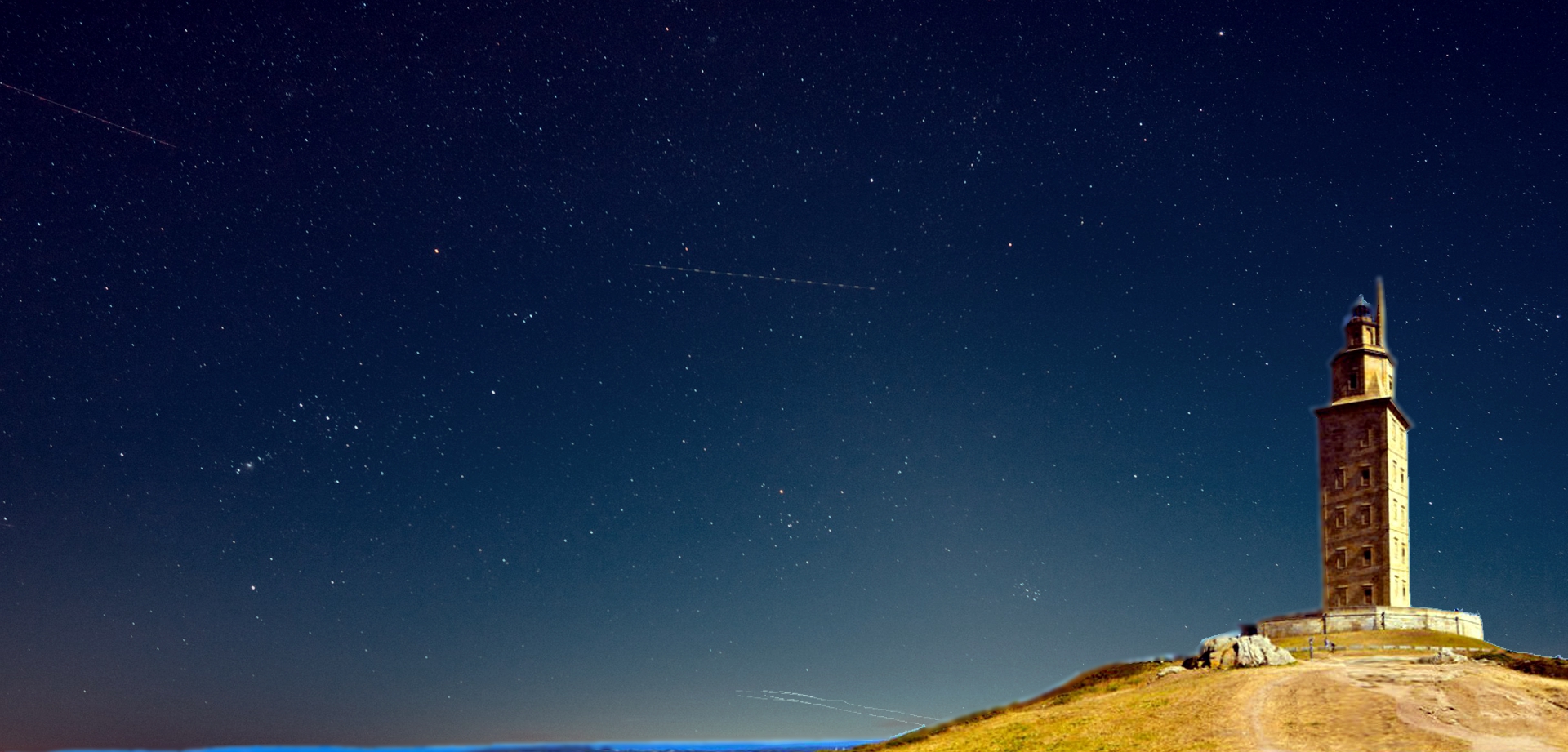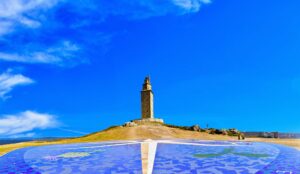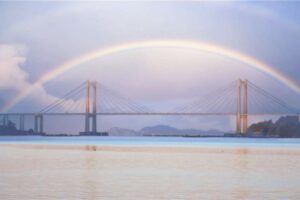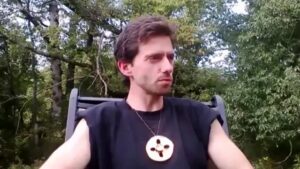
The Solar Warrior: Myth Embodied, Conflict Transcended
Human beings are not simply seekers of comfort, pleasure, or success — though our society increasingly persuades us to believe so. Beneath these surface-level pursuits lies a deeper mission: to embody an archetype. In traditional cultures, archetypes were not abstract ideals but living patterns of being — figures that gave form and direction to life’s highest potential. They were not roles to be played, but destinies to be fulfilled.

and the path of the warrior begins in silence, rising through conflict toward the light
One of the most powerful expressions of this ancient insight appears in the Bhagavad-Gītā, where the divine Krishna urges the noble warrior Arjuna to enter battle — not for conquest, revenge, or even justice, but to embody the dharma of the warrior. Even if the fight means confronting his own loved ones, Arjuna must act not out of desire or fear, but from the center of his being. Krishna’s teaching is clear: true action arises from transcendence — not attachment. The battle is not about defeating others; it is about dissolving the ego and refining the soul in the fire of challenge.
During one of the darkest episodes of ecological and emotional loss in my life — in the aftermath of the Prestige oil spill — a moment of unexpected light arrived. It was then that the figure of the Solar Warrior emerged in me like a visitation, offering a vision not of escape, but of creation. From that moment, projects such as Fondo Natural project and my novel The Soul of the Sea were born — reflections of the inner conviction that even destruction contains the seed of renewal. After the storm — the Cíes Islands beneath the rainbow, a glimpse of healing through nature’s silence.

“I will make company with creators, with harvesters,
with rejoicers:
I will show them the rainbow
and the stairway to the Superman”
Nietzsche, Thus Spoke Zarathustra
(photo: Cies Islands, Spain, 2002)
It was precisely from this initiatory fire that the archetype of the Solar Warrior emerged into my life. At certain pivotal moments — moments of crisis, loss, or confrontation with the unknown — this archetype seemed to “invade” my imagination. Like an Archangel or divine breath, it arrived unexpectedly, beyond rational control, carrying with it a calm force and clear direction. From that point forward, the Solar Warrior became the inner figure who reminded me that conflict, when approached with nobility, can become a path to deep self-knowledge. It stripped me of fear, giving way to a silent faith — a trust in transcendent forces that seemed to walk beside me.
The Solar Warrior is not a myth to be admired from afar. It is an archetype to be lived — forged through the challenges of modern life, not in retreat from them. In a world of fixed identities, shallow distractions, and ideological traps, the Solar Warrior reclaims the soul’s right to grow by confronting adversity directly. It is a being of synthesis, uniting body, mind, and spirit through acts that illuminate the way for others — not through words alone, but through deeds, endurance, and devotion.

The Solar Warrior is not born from ego,
but from listening to something greater than the self
I explored this archetype philosophically in the trilogy The Solar Warrior, which I self-published in 2014. These volumes traced the decline of heroic values in modernity and called for their revival — not as nostalgia, but as necessity. In a world increasingly shaped by totalitarian comfort and scripted roles, the Solar Warrior is more relevant than ever: a light in the dark, a call to rise.
Later, in the four volumes of Operative Traditions, I sought to translate this archetype into technical action — proposing real-world methods by which the spirit of the warrior can find form in the fields of craft, sustainability, and the re-sacralization of work. The Solar Warrior is not only an inner figure but a pattern that informs how we build, design, and act in a techno-industrial world.

Even the body was transformed by this archetype. In 2021, I achieved a Guinness World Record for one-arm push-ups at the Tower of Hercules, a symbolic act that united Roman architecture, heroic myth, and physical transcendence. The feat was not simply athletic — it was spiritual: a ritual act that affirmed balance between form and flame, will and humility.
